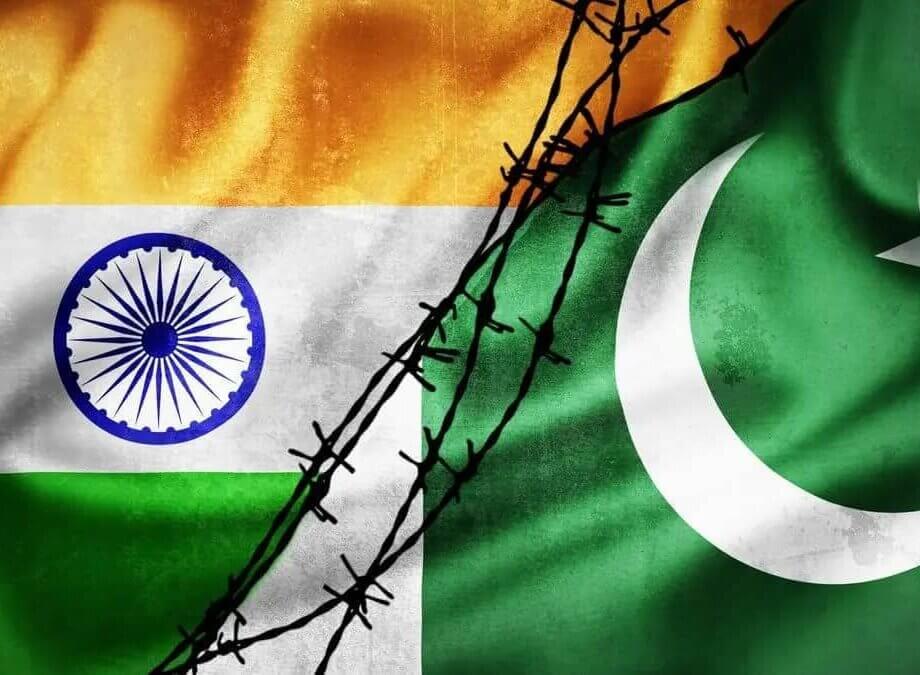Ceasefire in South Asia: Pakistan and India Seek Global Support Amid Fragile Peace
The recent military conflict between Pakistan and India has once again brought the world’s attention to South Asia’s enduring volatility. After four days of intense fighting in May 2025, which saw the use of missiles, drones, and airstrikes, both nuclear-armed neighbors agreed to a ceasefire. The truce, announced on May 10, was brokered with significant international involvement, particularly from the United States, but the underlying issues remain unresolved and tensions continue to simmer.
What Sparked the 2025 Crisis?
The immediate trigger for the conflict was a terrorist attack in Pahalgam, Indian-administered Kashmir, on April 22, 2025, which killed 26 civilians, most of them tourists. India blamed Pakistan for supporting the militants responsible, a charge Islamabad strongly denied. In response, India launched airstrikes on targets inside Pakistan, escalating into the deadliest confrontation between the two countries in decades. Pakistan retaliated with strikes on Indian military positions, resulting in dozens of casualties and widespread destruction on both sides of the border.
The fighting quickly drew international concern, with the United Nations urging restraint and several countries, including Iran and Russia, offering to mediate. The United States, under President Donald Trump, played a central role in brokering the ceasefire, reportedly using the threat of suspending trade talks as leverage. President Trump stated,
“I said we’re not going to deal with you on trade if you’re going to go shooting each other and whipping out nuclear weapons that maybe even affect us.”
While Pakistan publicly acknowledged and welcomed the U.S. role, India has consistently denied that any third party influenced its decision to halt hostilities.
Diplomatic Outreach: Competing Narratives and Global Engagement
In the aftermath of the ceasefire, both countries launched extensive diplomatic campaigns to present their perspectives to the world. Pakistan dispatched a high-level delegation, including former foreign ministers and senior lawmakers, to the United States, United Kingdom, and Brussels. Their mission: to highlight Pakistan’s concerns about India’s actions, advocate for the resumption of the Indus Waters Treaty, and keep the Kashmir dispute on the international agenda.
During meetings with UN officials, U.S. lawmakers, and British policymakers, Pakistani representatives emphasized the humanitarian and regional security risks posed by the conflict. Khurram Dastgir, a member of the delegation, stressed the importance of water rights, warning that India’s suspension of the Indus Waters Treaty endangered the livelihoods of 240 million Pakistanis. Senator Sherry Rehman reiterated the need for global action, stating the focus was on “advocating for peace and ensuring the water treaty and Kashmir issue remain on the international agenda.”
India, meanwhile, sent its own delegations to key partner countries and the United Nations Security Council. Led by Congress MP Shashi Tharoor, the Indian team argued that talks with Pakistan could only proceed if Islamabad took credible steps to dismantle what India calls terrorist infrastructure on its soil. Tharoor made clear,
“We will not talk to the Pakistanis until they show credible steps to dismantle the infrastructure of terrorism. Would you talk to somebody who’s pointing a gun at your head?”
India has also rejected any external mediation, insisting that the Kashmir issue is a bilateral matter.
Ceasefire: A Fragile Peace
While the ceasefire has halted open hostilities, the situation remains precarious. Reports of ceasefire violations continue, and both sides have maintained punitive measures such as suspended visa services, closed airspace, and trade bans. The Indus Waters Treaty, a critical agreement that governs water sharing between the two countries, remains in abeyance, raising fears of a potential water crisis in Pakistan.
Experts warn that the ceasefire does not address the root causes of the conflict. According to Chatham House,
“The ceasefire also does not address any of the underlying grievances in the bilateral relationship. In the absence of political dialogue, it is not a question of if but when hostilities resume.”
Both countries have used the period of calm to reassess their military capabilities, with Pakistan deploying Chinese and Turkish defense systems and India reviewing its Israeli, French, and Russian platforms.
International Mediation: Role and Rejection
The U.S. role in brokering the ceasefire has been a point of contention. While President Trump and his administration have claimed credit for preventing a potential nuclear conflict, India has downplayed or outright denied any third-party involvement. Russia’s government also acknowledged Trump’s role, but New Delhi maintains that the ceasefire resulted from direct communication between Indian and Pakistani military officials.
This divergence reflects a broader pattern: Pakistan welcomes international mediation, hoping to draw attention to issues like Kashmir and water rights, while India insists on bilateralism and frames the conflict as a fight against terrorism. This fundamental disagreement complicates efforts to move from a fragile ceasefire to a lasting peace.
Broader Implications for South Asia
The 2025 crisis has underscored the persistent dangers in South Asia. Both countries possess nuclear weapons, and the recent conflict saw the use of advanced military technology, including drones and precision missiles. The risk of miscalculation or escalation remains high, especially as both sides have adopted more assertive military postures and rhetoric.
Beyond the immediate security concerns, the crisis has disrupted regional economies, air travel, and the daily lives of millions. The suspension of the Indus Waters Treaty threatens Pakistan’s agricultural sector, while the ongoing standoff in Kashmir continues to fuel instability and human rights concerns.
In Summary
- The 2025 India-Pakistan conflict was triggered by a deadly terrorist attack in Kashmir, leading to four days of intense military clashes.
- A U.S.-brokered ceasefire was announced on May 10, but both sides dispute the extent of international involvement.
- Pakistan and India have launched global diplomatic campaigns to present their narratives and seek support for their respective positions.
- The ceasefire remains fragile, with ongoing violations and unresolved issues such as the Kashmir dispute and the Indus Waters Treaty.
- India insists on bilateral talks focused on terrorism, while Pakistan calls for comprehensive dialogue including water rights and Kashmir.
- The risk of renewed conflict persists, highlighting the need for sustained international engagement and genuine political dialogue.












